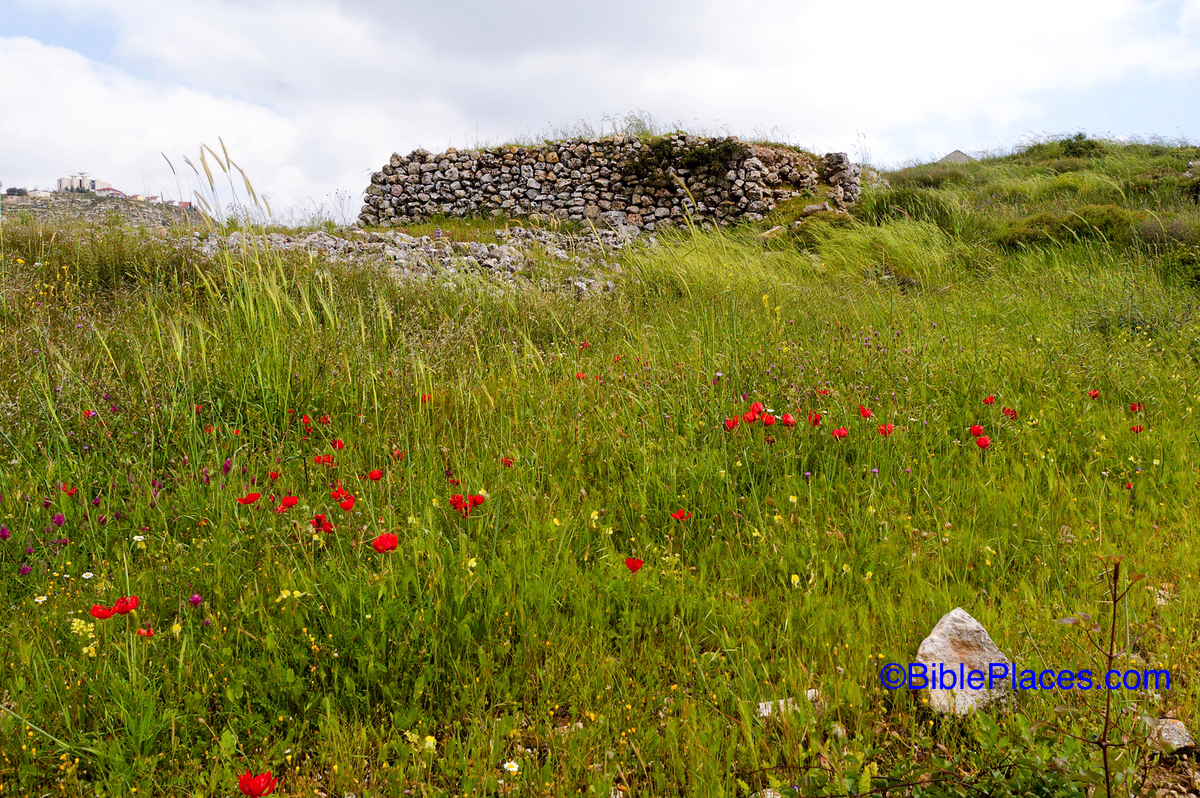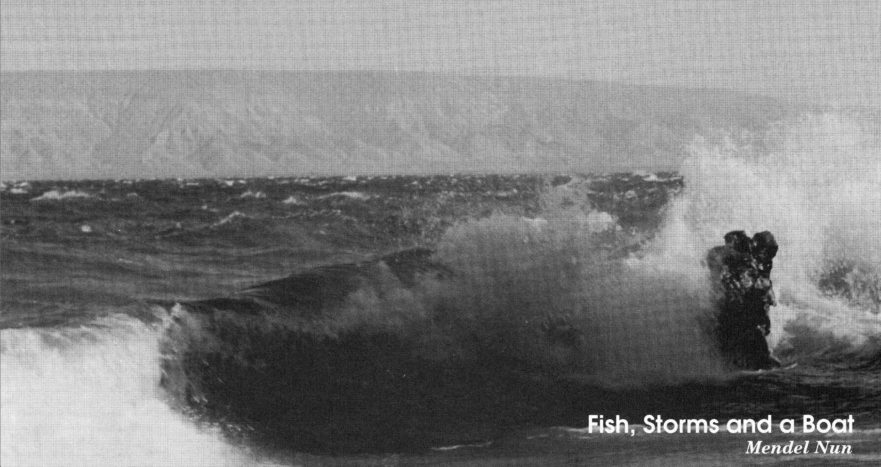Without paying attention to ancient Jewish exegesis one can easily miss the full impact of Jesus’ statement, “den of thieves.” Was Jesus solely addressing the vendors, or was he aiming at bigger game?
Is the Sage Worth His Salt?
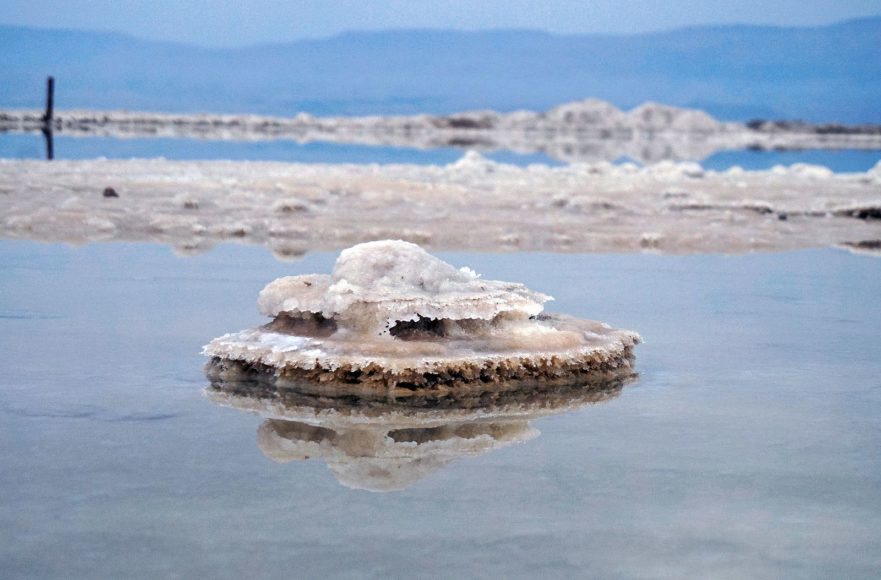
The Gospels record that questions were sometimes put to the sage Jesus of Nazareth in order to “test” him. According to Joseph Frankovic, the questioner’s intent may not always have been hostile.
Perspective on the Caiaphas Tomb
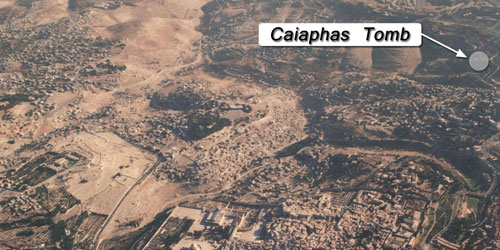
At the end of December 1990, one of the most significant New Testament-related archaeological discoveries ever made came to light in Jerusalem. Park construction workers accidentally exposed a Second Temple-period tomb, which archaeologist Zvi Greenhut of the Israel Antiquities Authority was called to excavate. Some of the ossuaries found in the tomb were inscribed with the name “Caiaphas,” and it soon became clear that this was a tomb belonging to the Caiaphas family.
Character Profile: …To Bury Caiaphas, Not to Praise Him

At the end of December, 1990, one of the most significant New Testament-related archaeological discoveries ever made came to light in Jerusalem: the tomb of Caiaphas, high priest in Jerusalem at the time of Jesus’ death. Some of the ossuaries found in the tomb were inscribed with the name “Caiaphas,” the most magnificently decorated of them was inscribed with the name “Joseph bar Caiaphas.”
Gospel Postcard: The Sea of Galilee’s Beauty

Jesus spent much of his ministry in the vicinity of the Sea of Galilee. It was to the residents of the towns and villages bordering the lake that Jesus first preached, and he called his disciples from among the lake’s fishermen.
What Kind of Blessing Is That?

In some cases a more informed understanding of the original setting of the Gospels can be communicated easily in a translation. A good translation will reflect that fuller, culturally appropriate understanding.
“Son of Man”: Jesus’ Most Important Title

There is a common thread uniting the views of those who think that Jesus signaled Daniel 7 by using the Aramaic bar enash in the middle of Hebrew speech. Anyone who holds this view must assume that Jesus spoke or taught in Hebrew much of the time. That Jesus used Hebrew a significant amount of the time is a sociolinguistic conclusion that has a growing number of supporters in New Testament scholarship, but one that is still a minority opinion.
Your Money or Your Life

Perhaps the most impressive thing about Jesus’ reply to the question about paying taxes to Caesar is that Jesus disarms his opponents and at the same time places a total demand on them.
Fish and the Sea of Galilee

The Sea of Galilee was the scene of most of Jesus’ ministry. Fishermen and sailors were his earliest followers, and it was to them that he first preached, standing on the shore of the lake.
The Role of Women in the Temple

According to Jewish religious law, women were allowed in every area of the Temple precincts in which men were allowed.
An Introduction to Synoptic Studies
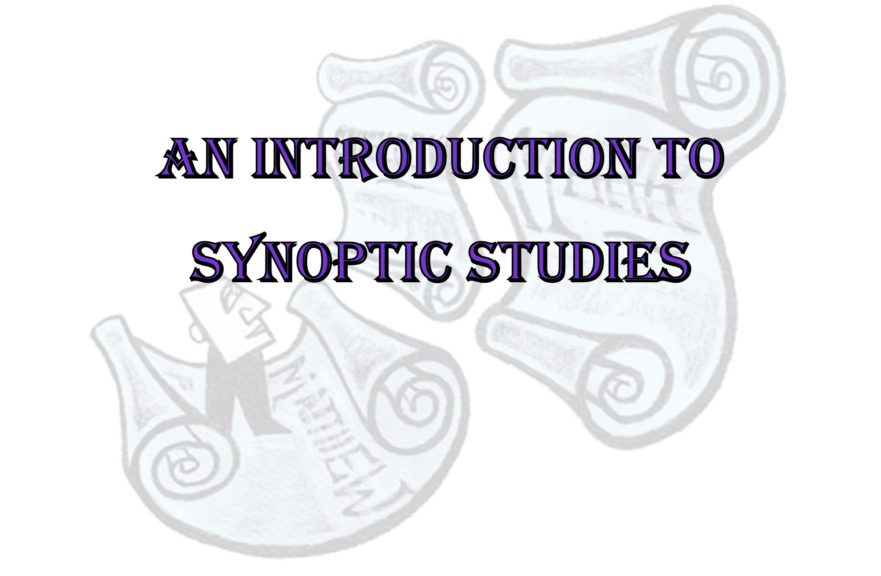
The late Dr. Robert Lindsey, pioneer translator of the Gospels into modern Hebrew, synoptic researcher and pastor of Jerusalem’s Narkis Street Congregation, resided in Israel for over forty years. His discoveries challenge many conclusions of New Testament scholarship from the past two hundred years. Lindsey created a new approach to the study of the Synoptic Gospels. Here, Lindsey provides an introduction to the field of synoptic studies and the “Synoptic Problem.”
Zechariah’s Prestigious Task

It was not unknown for a priest to see a vision or hear a heavenly voice in the sanctuary at the time of the incense offering. Josephus relates that while the high priest and ruler John Hyrcanus was offering incense in the sanctuary, he heard a voice proclaiming that his sons had just defeated the Syrian king Antiochus (Antiq. 13:282).
Scholarly Assumptions about the Historical Jesus
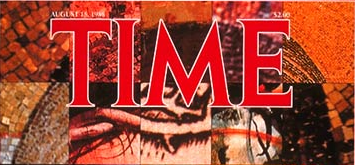
Many scholars today feel that it is impossible to know what the historical Jesus really said.
Jesus’ Education
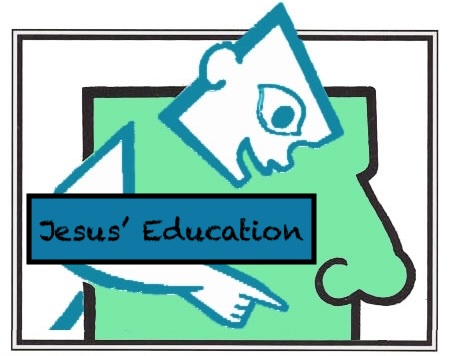
One can form a reasonably accurate picture of what Jesus was doing in his childhood and adolescence.
Gospel Translation
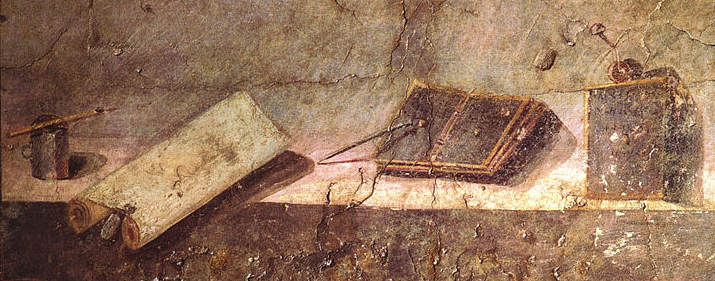
Hebrew words usually have many shades of meaning, and the Greek translator of the conjectured Hebrew “Life of Jesus” could convey only one sense of each Hebrew word’s meaning. When the standard Greek translation of a Hebrew word became fixed, Greek translators often employed this standard translation even when the Hebrew word it translated appeared with an obviously different meaning.
Mary and Martha: The Rest of the Story

In Robert L. Lindsey’s theory of gospel transmission, the Hebrew version of Jesus’ biography and its Greek translation have both been lost. Although none of the synoptic Gospels preserves the original text in its entirety, together they do preserve all, or nearly all, of the stories in the original work.
At the Feet of a Sage
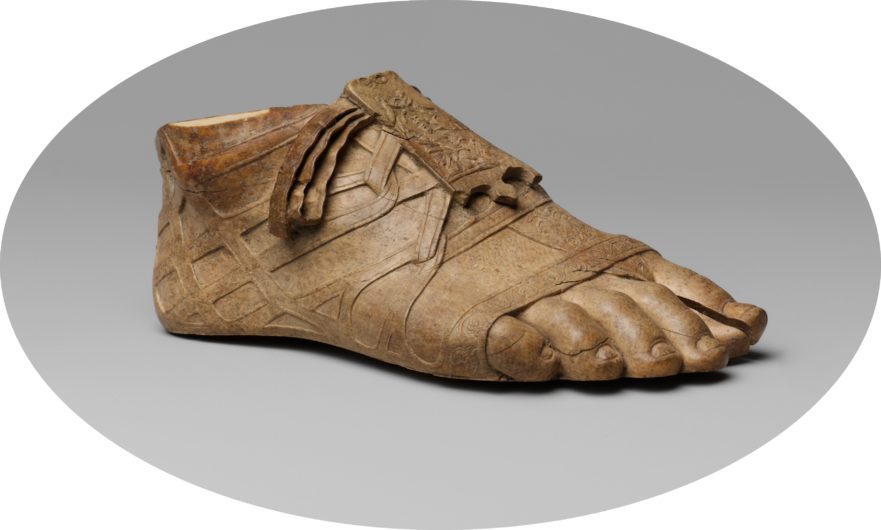
Jewish sages and their disciples were dependent upon the hospitality of the communities they visited.

